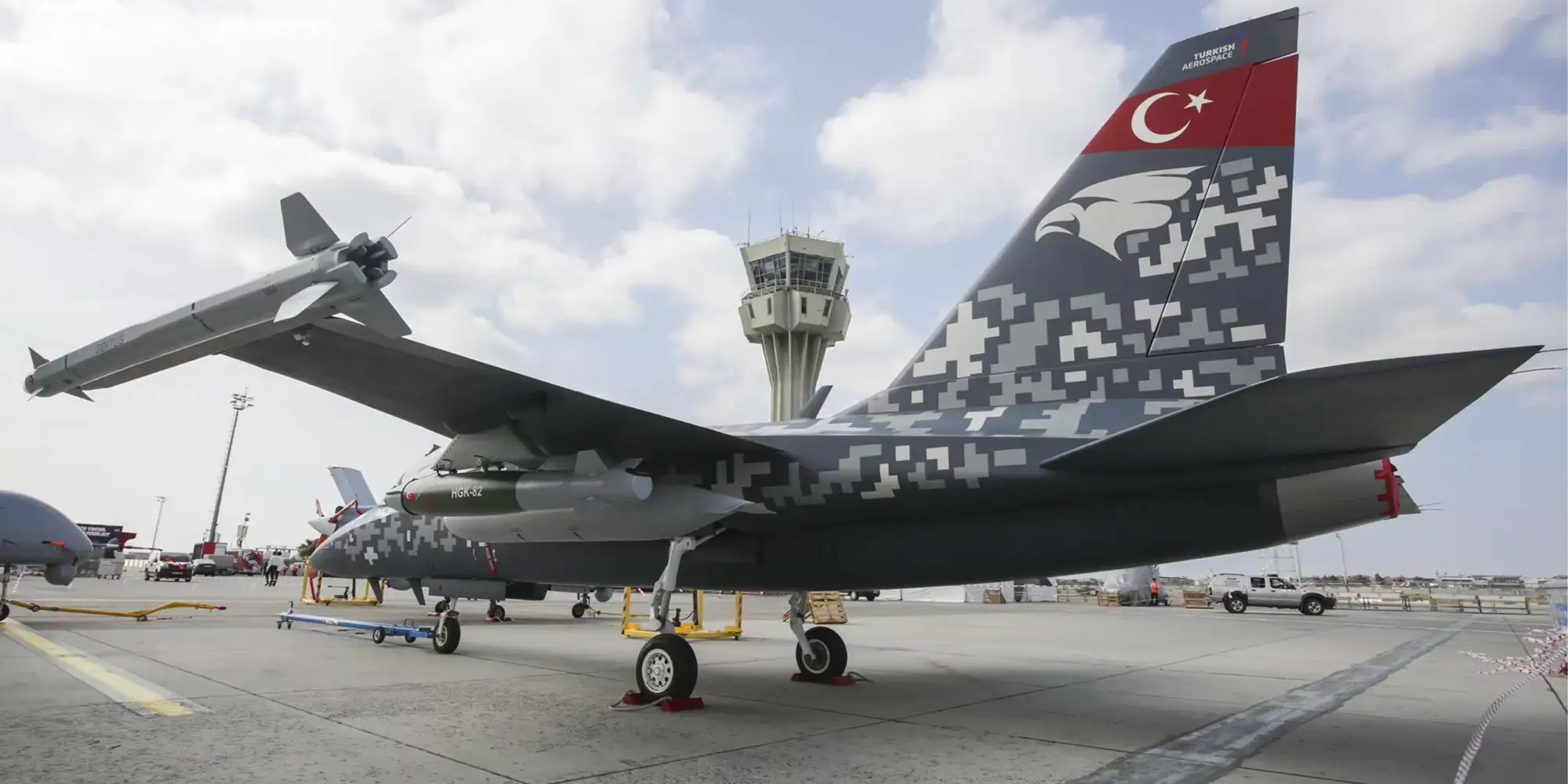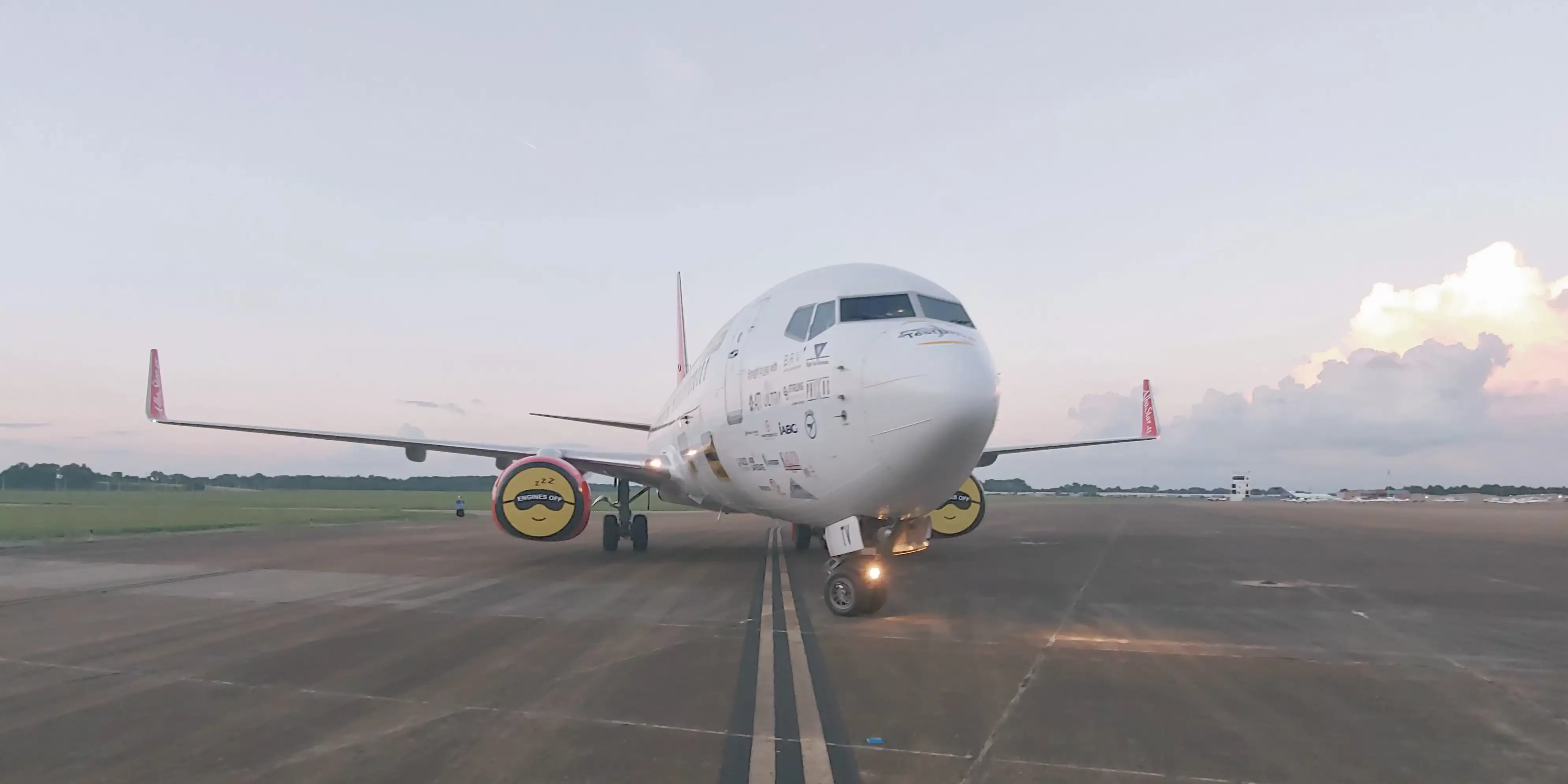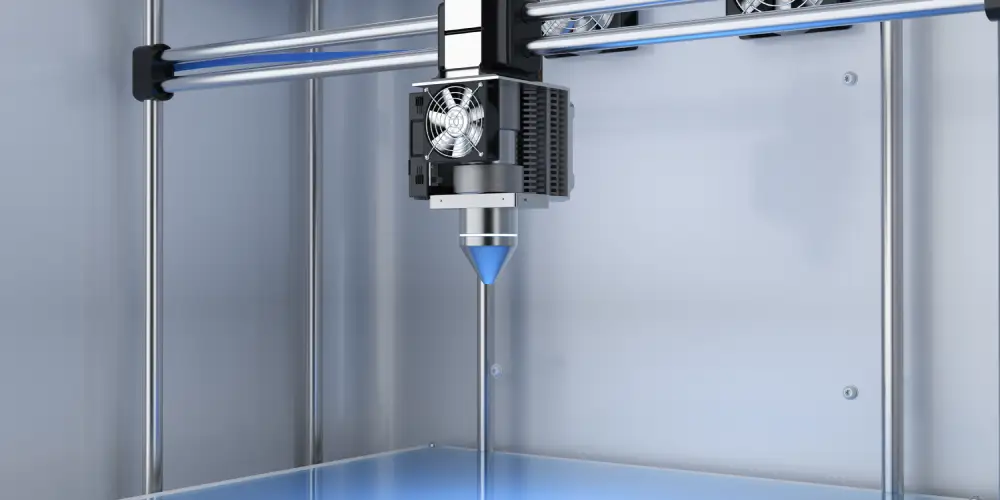Stirling Dynamics Awarded Aeroelastics Consultancy Contract
Stirling Dynamics has been awarded a new contract from Turkish Aerospace Industries (TAI) to provide technical assistance in the areas of loads and...
3 min read
07 December 2021
Whether it’s just adding a coffee cup holder or installing a freight door as part of an aircraft modification programme, one certainty is that you’ll need data. Data that can faithfully represent the aircraft or system in its original state, the state in which the relevant authority approved its certification. Only from this position of knowledge can a change programme ever be considered.
Getting aircraft data to support a modification programme is not always as clear cut as one might first think. The complexities of our world present many reasons why access to this data can create a hurdle that trips up so many programmes in their early steps. Over the lifetime in which an aircraft operates, companies merge or close, governments and national borders shift, and the loss of data becomes a real possibility. However, the most common reason why accessing data becomes problematic is the commercial reality that data means money and can provide the original manufacturer with considerable income.
Whether the data is too costly or just no longer available, the design organisation wishing to embody an aircraft modification has only one route, which is to “reverse engineer” the relevant information. By reverse engineering, they can kick-off the design process and support the demonstration of flight safety. The level of data that is required is, of course, a function of the size and complexity of the change, but even what might appear to be a trivial change can mean huge data requirements. To put into context, a small structural change might trigger questions from the regulatory body regarding the impact on the flutter margin of the aircraft. Without a suitable rationale, you’ll soon be considering a detailed flutter analysis and the data requirements for this can be huge, covering aerodynamics, structure, mass, inertia, and control systems.
At Stirling Dynamics, we have been involved with reverse engineering for aircraft modifications for over 15-years and developed a trusted process and a set of tools to gather accurate data. Over these years, we have seen significant changes in the methods to measure the required information and, also the approach to generate information from tests. Take, for example, simple geometry measurements, which has radically changed from tape measures to laser measuring technology. Before laser techniques, I recall the dubious pleasure of lying down in an engine aperture of a fast jet and measuring by hand, the critical dimensions and orientation relative to the outer fuselage. It was a long, labour-intensive exercise. Something that would take a mere few moments today with modern laser scanning methods and, if allowed, would capture every minute detail of the hangar construction as well! The ability to digitally cut the scan data to recover wing chord shape and fuselage barrel geometries is incredibly useful.
Irrespective of the time it takes to capture the data, confidence in its veracity and numerical accuracy must be assured so that the data can be applied in subsequent analysis. Take the example of a passenger to freighter conversion modification where potentially a full aeroservoelastic model of the aircraft may be mandated. This is a tall order, even within the original design process, and calls for a faithful representation of the aircraft’s structural, aerodynamic, mass and systems information. A simple ground vibration test, if performed well and data analysed properly can serve to give confidence in structural and mass information. Testing methods, whether vibration or full flight tests and analysis of the resultant data all form a major part of demonstrating the adequacy of data.
Depending on the modification, it may also be necessary to consider the variation of data resulting from the continuous improvement processes of the original manufacturer and close inspection of service bulletins will provide most of this. Other aspects, such as variability of the build, especially, when an aircraft predates a more modern manufacturing process can lead to issues if not accommodated at the data-gathering stage. Only when the effects of data variations are combined into a model can its direct effects be quantified and impact on related systems understood. It’s easy to just think of data relating to the structural aspects of an aircraft but there are many other sources of data to be considered which might include electrical, software, control systems, hydraulic control, air data processing, the list goes on.
There is no dark art to data capture and its derivation – it’s just engineering but aided by established processes and experience.
Only then, once the designers are armed with this data, can they set to and appropriately modify the aircraft. There is no dark art to data capture and its derivation – it’s just engineering but aided by established processes and experience. The requirements for data come from a carefully thought-out planning process centred around the relevant certification specifications that would have driven the original design. There have been many examples of programmes that have stalled due to certification issues that could have been avoided if careful planning and rigorous processes established at the earliest stage. Good data underpins these plans and is the enabler for a successful modification.
Stirling Dynamics offers a complete design and analysis service from concept to certification.

Stirling Dynamics has been awarded a new contract from Turkish Aerospace Industries (TAI) to provide technical assistance in the areas of loads and...

Starting later this month, Stirling Dynamics will be supporting the WheelTug programme as it begins flight tests. The in-wheel electric taxi system...

As part of our ongoing commitment to research and development within the aerospace and marine industry, we have invested in an improved and more...